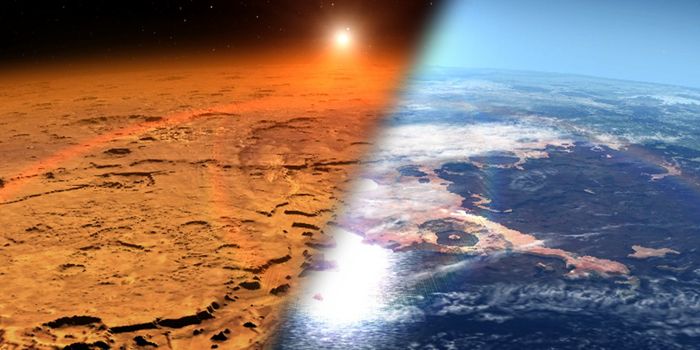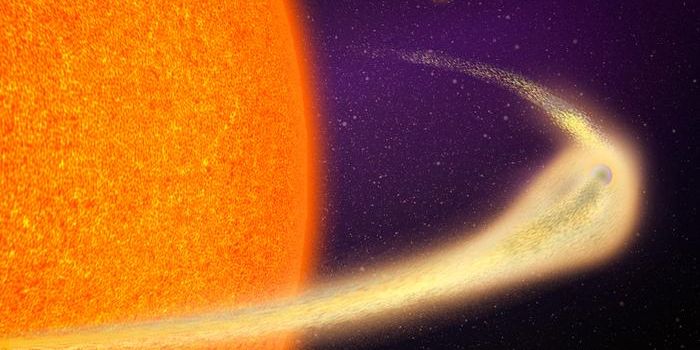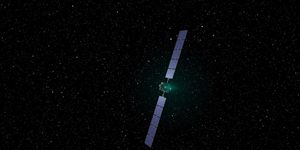Curiosity Rover Captures Stunning Panorama Following Successful Drill Sampling
NASA’s Curiosity rover currently sits at the forefront of the American space agency’s web page this week after capturing a breath-taking 360-degree panoramic selfie.
Image Credit: NASA/JPL-Caltech/MSSS
In an official statement, NASA explains how Curiosity grabbed the panoramic selfie at Mars’ Vera Rubin Ridge shortly after using a new drilling technique to collect rock samples for chemical analysis.
In addition to the still image above, NASA uploaded the following interactive video to YouTube, enabling viewers to pan around and observe the surrounding scenery by clicking and dragging:
Right off the bat, we can see that the planet-wide dust storm that enveloped Mars in June is indeed subsiding. What’s more is that it left some dust remnants on Curiosity’s top deck. But perhaps the most striking detail we can discern from the panoramic image is just how colorful Vera Rubin Ridge appears to be.
"The ridge isn't this monolithic thing -- it has two distinct sections, each of which has a variety of colors," explained Curiosity project scientist Ashwin Vasavada from NASA's Jet Propulsion Laboratory.
"Some are visible to the eye and even more show up when we look in near-infrared, just beyond what our eyes can see. Some seem related to how hard the rocks are."
Related: The Curiosity rover's wheels are beginning to break down
The region’s colorful aesthetics seem to correlate with the hardness of the surrounding rocks, with one color denoting harder compositions and another color signifying softer ones. Intriguingly, it’s perhaps one of the most diverse places on Mars that Curiosity has ever visited.
With the help of Curiosity’s onboard sampling mechanisms, NASA hopes to learn why some of the rocks at Vera Rubin Ridge are harder than others. Early speculation suggests that high hematite levels could have something to do with it.
Curiosity will perform two additional drilling attempts this month at Vera Rubin Ridge in an effort to learn more about it. Afterward, NASA says it will ascend to its next destination: a mineral-enriched region further up Mt. Sharp.
It should be fascinating to see what we’ll learn from these analyses.
Source: NASA









